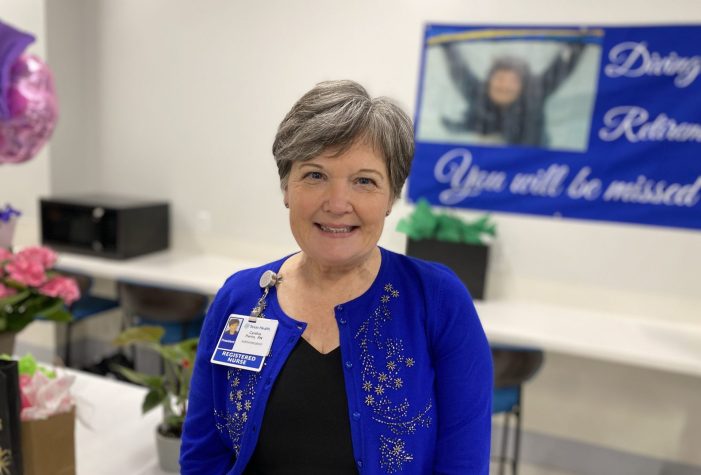Rockwall, TX (May 13, 2024) – Cindy Perrin was just beginning her health care career in the mid-1970’s when she announced her goal of becoming a hospital administrator. The response from her peers was incredulous, telling the 17-year-old caregiver that administrators needed to be highly business focused. Nursing and patient care, they said, did not lead a path to hospital president or administrator.
Cindy, a passionate and determined young nursing student, simply did not believe it. Her philosophy was “if you put the patient first, everything else would fall into place.” Subsequent returns to school throughout her career added both advanced nursing and business degrees. Just as she had planned in her teens, the additional education effectively augmented her patient care experiences. By the time she earned her MBA in Healthcare Management, those experiences spanned a widely varied collection of specialties which included geriatric settings, operating rooms, labor and delivery units and ambulatory surgery centers.
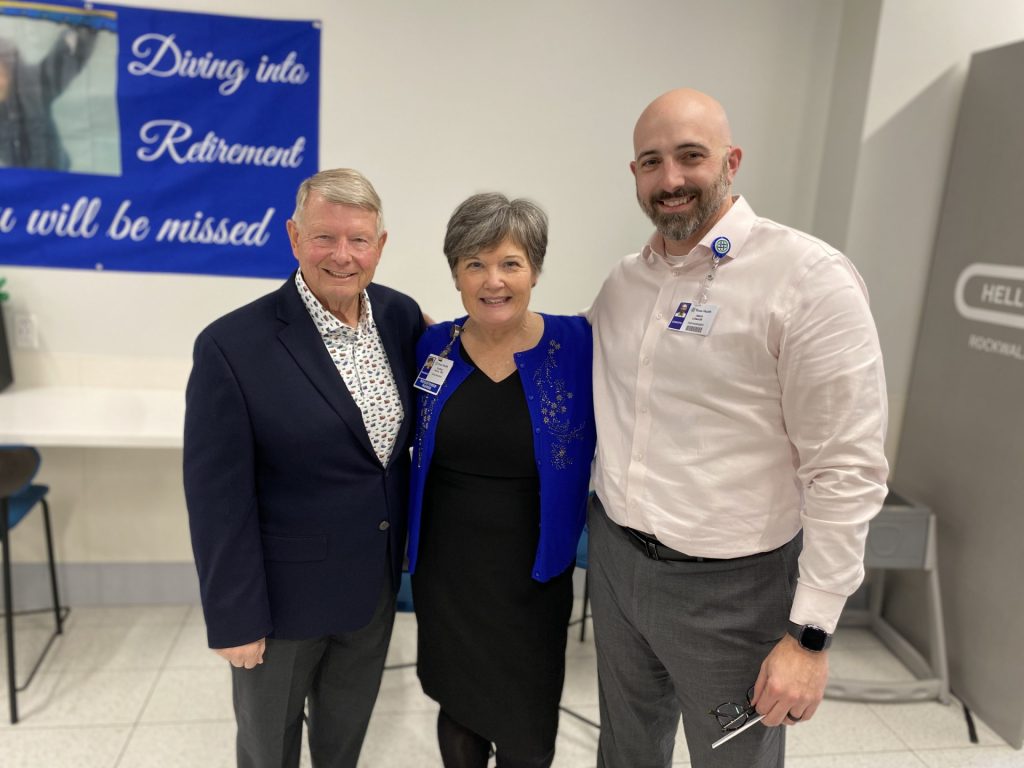
Five decades later, as Cindy retires from the helm of Texas Health Hospital Rockwall, it is clear her approach was right.
Bringing the first hospital to Rockwall
It was early 2007 when Cindy joined founding president Ken Teel in building Rockwall’s brand-new hospital on a strong sense of community. During her initial interview with Teel, Cindy was drawn to the vision that he described – a hospital where patients and staff would feel at home. It was the very ideology that originally inspired her to become a nurse.
In her new role as Chief Nursing Officer, Cindy would be responsible for building a team of nurses and leaders that would provide the community with the quality care they needed while also meeting their emotional needs. With the opening of what would then be called Presbyterian Hospital Rockwall, family members, friends and neighbors would no longer have to travel elsewhere for medical care. Cindy’s nursing experience, numerous leadership roles, and previous involvement in opening the first surgery center at Hillcrest Hospital in Waco (now Baylor Scott & White) would serve Rockwall’s new hospital well.
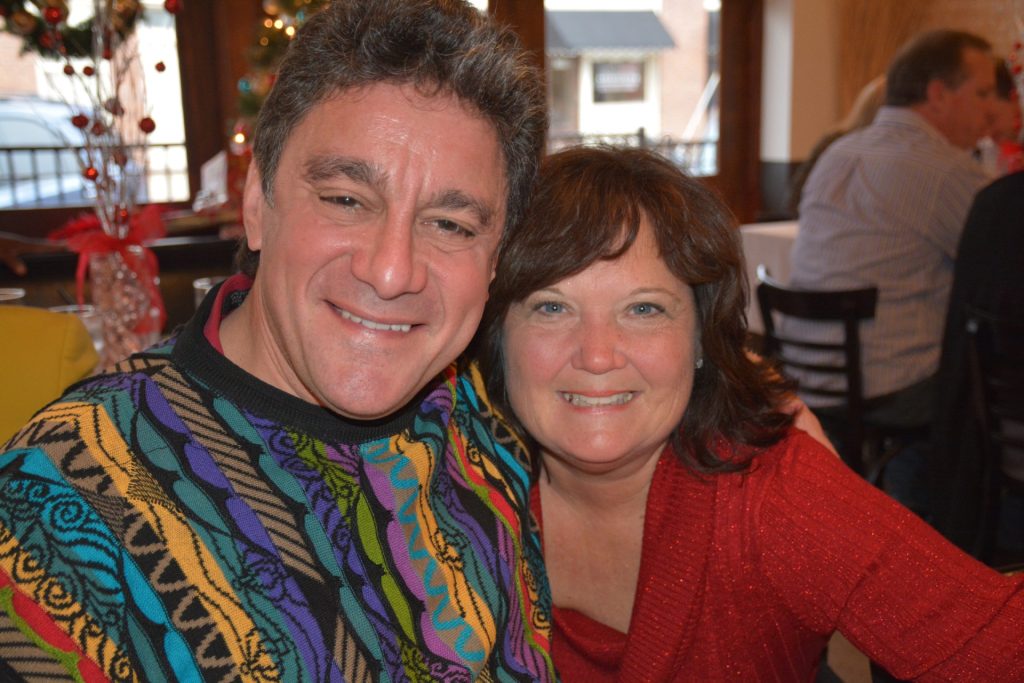
Assuming the role of president in 2012, following Mr. Teel’s retirement, Cindy led the hospital and staff through many phases. The hospital expanded services by adding robotic surgery and Cardiac Rehab, amongst others. In December of 2019, the hospital announced plans to double in size expanding surgical capacity, neonatal intensive care, inpatient beds, and other ancillary services. Through it all, the team fiercely protected the hospital’s unofficial mission, which was to “treat the building like home, treat each other like great friends, and embrace the patients like family.” Then, in 2020, the COVID pandemic changed their world.
Navigating care through a global pandemic
COVID tested everyone but as Cindy says, “COVID made us all stronger, more adept at shifting priorities, and forced us to look outside the box.”
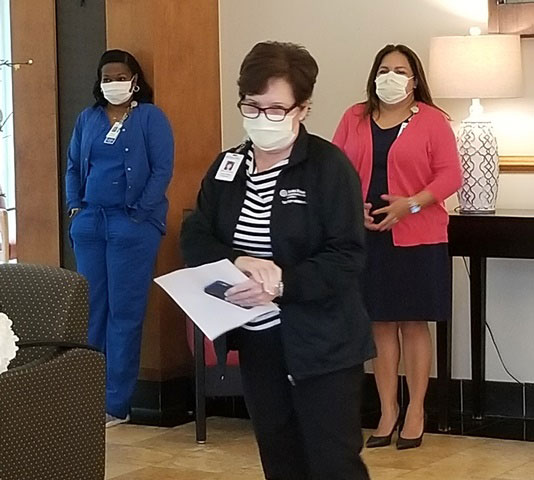
With many long hours and early meetings, Cindy, the leadership team, and a host of resolute staff met the challenge of where to place the vast number of patients being affected by the unknown virus when other facilities were just as full. They juggled the responsibility of performing surgery when directed to pause elective procedures. They also tackled restrictions on visitation, landing “somewhere in the middle”, allowing supervised visitation, which they believed was of immense importance to the mental health and healing of their patients. Then, there were staffing and supply challenges.
As hospital president the weight was heavy, but Cindy’s attention never wavered from her original philosophy, often asking her team, “Is it the right thing for the patient?”
“Texas Health Rockwall had just begun expansion when COVID hit. During that time a massive and sustained number of patients required higher levels of care. We realized a need for more critical care beds to provide the level of care our community needed, so we initiated a later phase of construction much earlier into the project than originally planned,” Cindy said. “COVID also solidified our integration into the Texas Health system. We could not have survived without their support and sharing of resources, which were so precious and difficult to come by during the pandemic.”
Evolving challenges of leadership
Aside from COVID, Cindy’s thirty years of hospital leadership has revealed that the challenges health care leaders face tend to be cyclical – staffing shortages, staffing models, and reimbursement challenges to name a few.
But working through each one always prepared her and her team for the next challenge.
Staffing has changed significantly since Cindy began her career as a Patient Care Technician. At that time, there was only one Registered Nurse (RN) per shift, and the patient care units were led by experienced Licensed Vocational Nurses (LVN). Over time, more of that responsibility was passed to the RN. To this day Cindy has passionately supported the LVN role and while other facilities reduced their numbers, she sought to keep them involved in patient care and functioning at the top of their licensure.
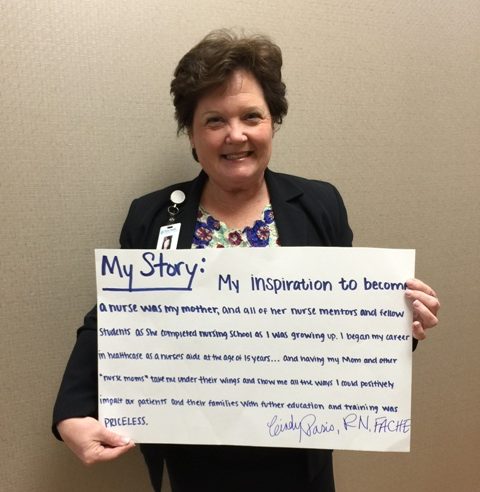
Despite all the changes she has witnessed, “technology has been most astonishing” says Cindy.
The advances in surgery, treatment, and diagnostics have been amazing, especially when the developments allowed patients to receive what had been considered major surgery to actually go home the same day! But there is other technology that reigns top of mind for Cindy.
The advent of electronic healthcare records and patient access to information has had a significant impact on health care. “While it’s been mostly a positive change, with caregivers having immediate access to patient’s relevant health data, there are a couple of concerns with the advancements. Patients have access to test results quickly, and more often than not seek information on the Web” which as Cindy says, “challenges caregivers to create a more timely and collaborative response to help individuals fully understand their diagnosis.” She sees the effect on patients, both positive and negative, and remains concerned for the patient whose results reveal “shocking information that needs expert opinion and explanation.”
Equally as worrisome is that technology has further changed the amount of time caregivers spend with patients and their families, as all data is entered into the computer during the delivery of care. “While that alone is a significant change from the days we used tri-colored pens to document care, with the color reflecting the morning, evening or night shift notations; more importantly it alters the Art of giving care”.
Entering a new phase
Now, as Cindy celebrates retirement from Texas Health Rockwall on April 9, she reflects on what she will miss most – the people and the hospital’s mission. But she also looks forward to spending much more time with her family, which includes her husband, Scott, two children, young grandchildren, and numerous Great Danes.
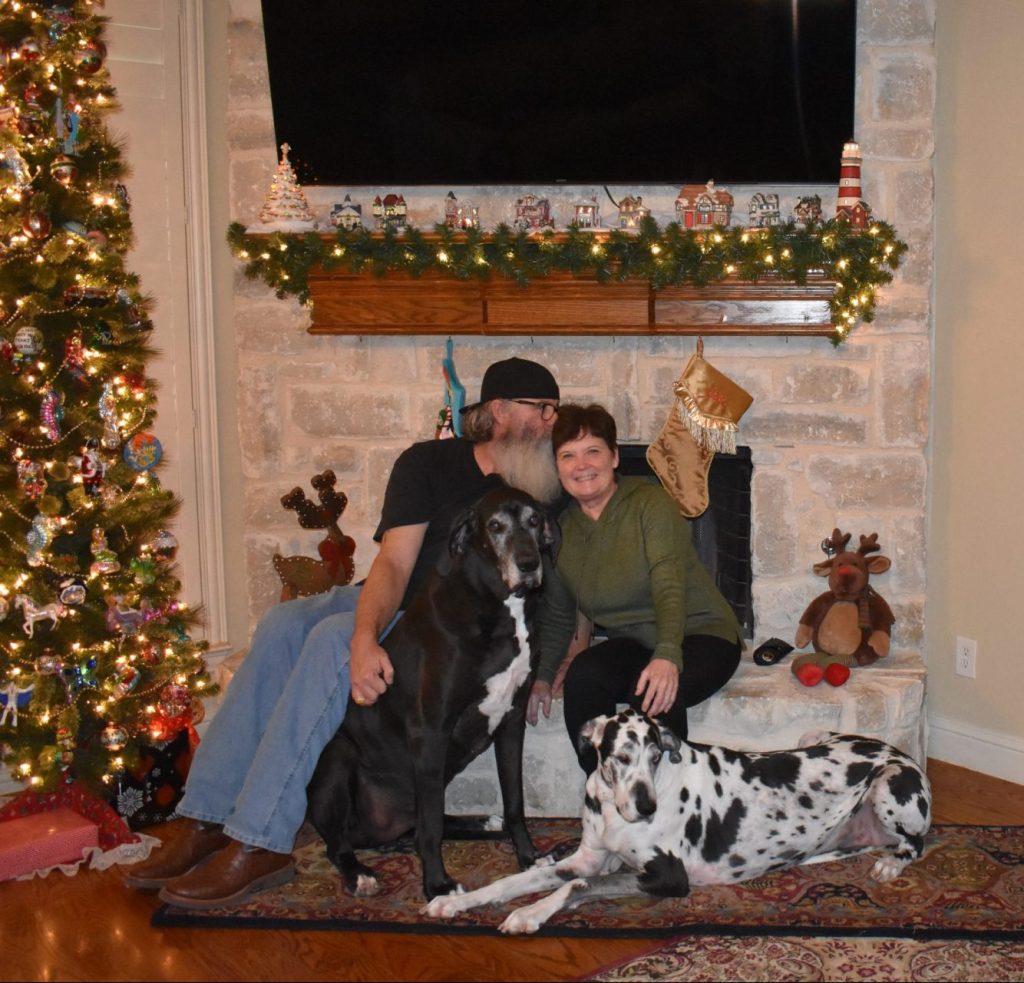
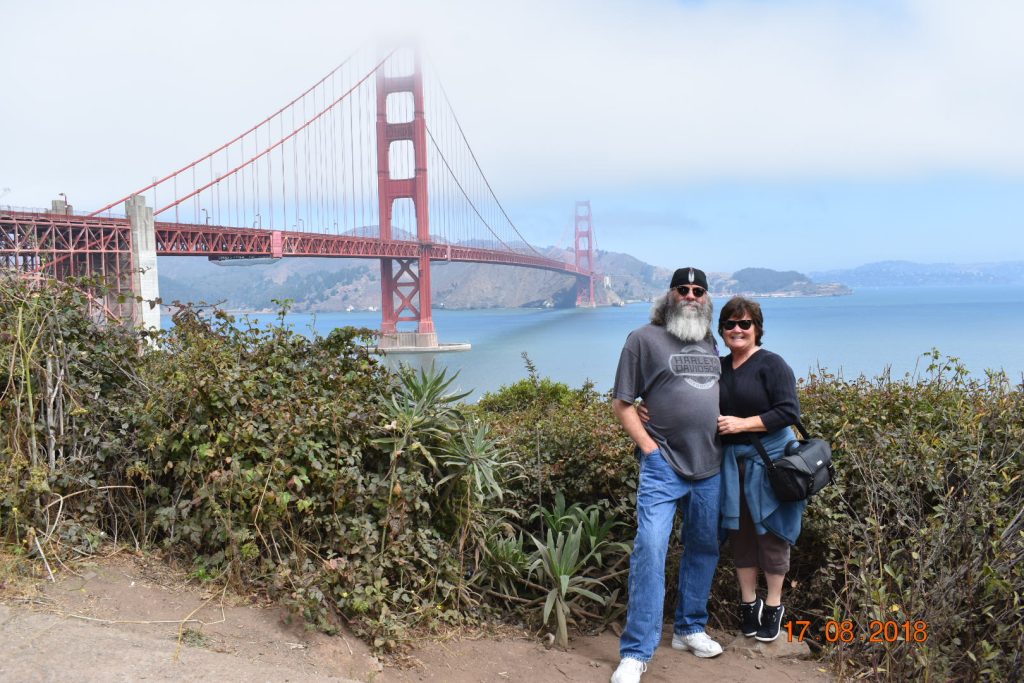

Cindy and Scott plan to travel more often to places they have missed throughout their lives as avid scuba divers and instructors. National treasures such as the Grand Canyon and numerous parks and other landmarks are beckoning the couple. While their list is lengthy, they will likely still find time to have underwater adventures too. Most of all Cindy is excited to be “CiCi” spending additional time making more memories with her grandblessings.
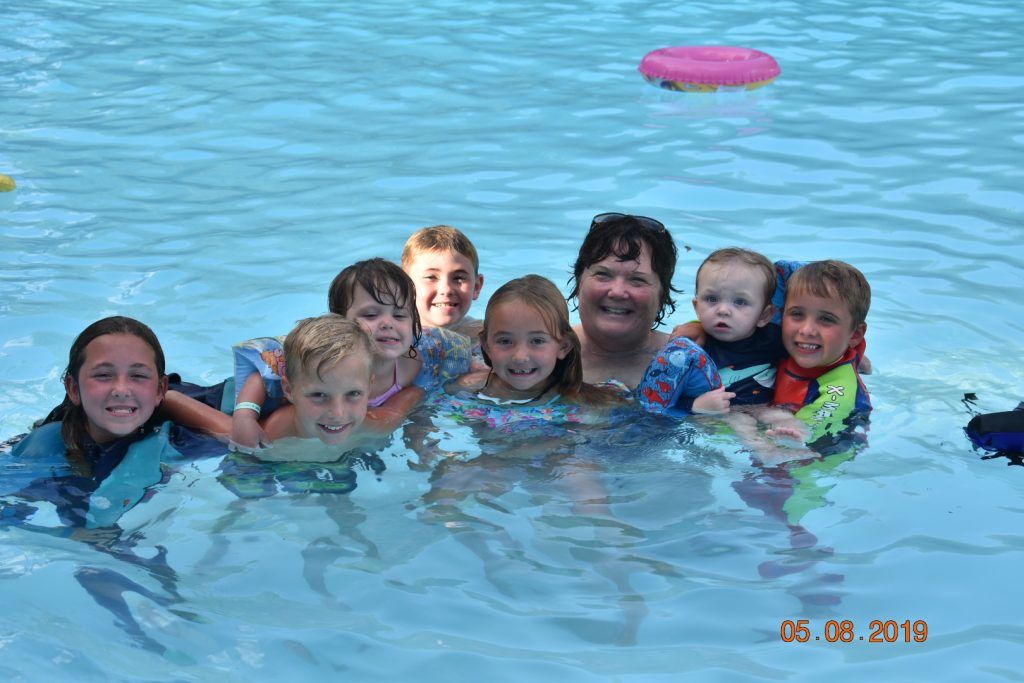
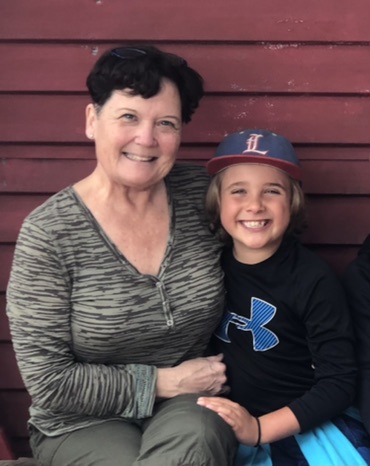
“Health care is a demanding profession,” Cindy said. “But I have loved serving patients, caregivers, and the community and, despite the challenges and difficulties, would not change a moment.”
By Melanie Mayfield, Blue Ribbon News senior staff writer. If you know someone who should be featured in our Leading Lady Spotlight series, email editor@blueribbonnews.com.




